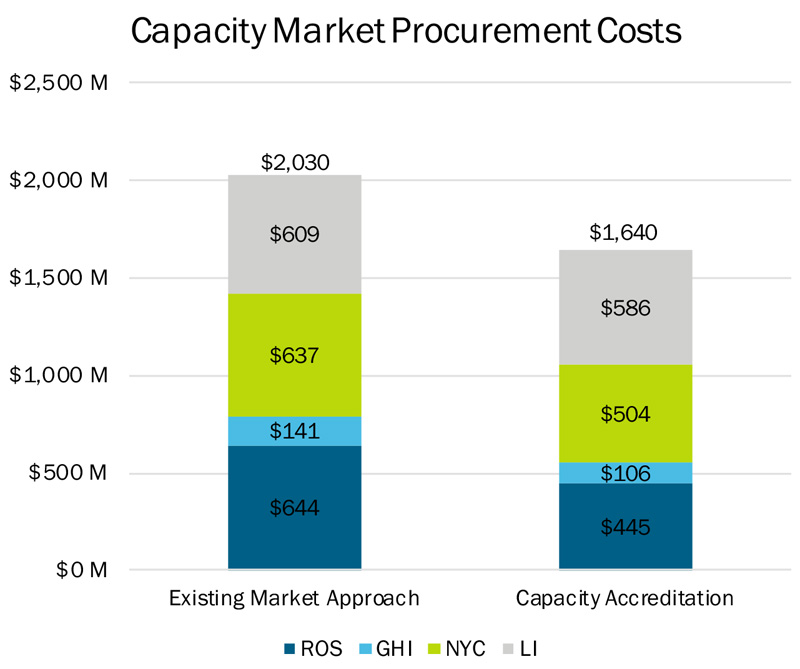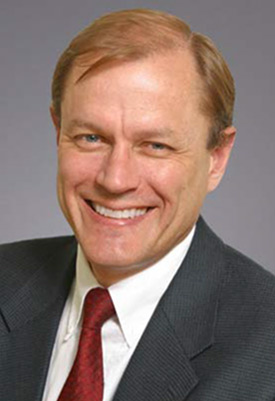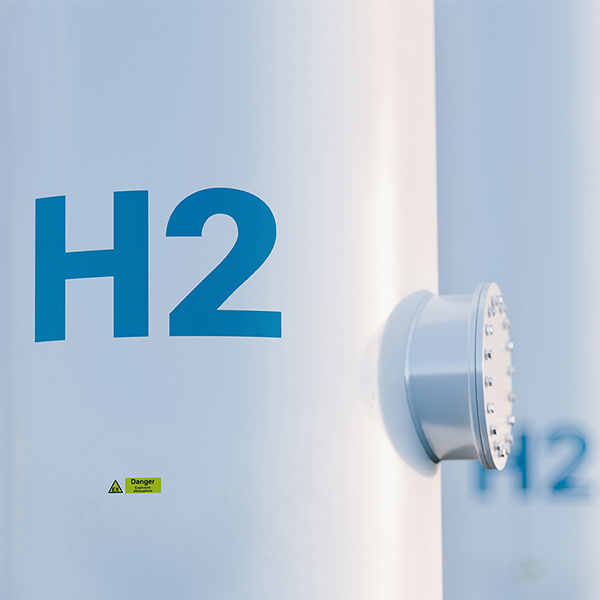ORLANDO, Fla. — MISO members agreed that the future generation mix is arriving faster than previously thought during a “mind the gap” discussion last week.
The grid operator is particularly concerned about reliably navigating the resource transition’s next five years in what it has termed “mind the gap.” It foresees the potential for capacity deficits through 2027.
Jennifer Curran, senior vice president of planning and operations, told the Advisory Committee Wednesday that demand for sustainability means that the footprint is losing controllable thermal generation and trending toward variable intermittent resources. She said MISO could face severe reliability consequences if it doesn’t “close the gap well” and should not waste time in making decisions.
“I think it is happening a little faster than people thought it would happen,” said Constellation Energy’s John Orr, of the power marketers sector.
Alliant Energy’s Mitch Myhre, representing transmission-dependent utilities, said the RTO’s viewpoint might be too pessimistic. He said MISO shouldn’t presuppose its access to flexible resources is completely drying up.
“I don’t think we should assume that technology isn’t going to evolve,” he said.
Myhre said staff should begin studying different power flows where resources are closer to their loads.
Michigan Public Service Commission Chair Dan Scripps said MISO doesn’t have a clear picture of how large its supply shortage might be because its resource accreditation is currently in flux.
Scripps suggested the grid operator’s messaging could be more optimistic. He said though MISO is currently on the “wrong side” of the one-day-in-10-years reliability standard, it doesn’t mean that it will be MISO’s fate throughout the transition.
“We need to make sure that we’re instilling a sense of confidence as we go forward and not an air of fear,” Myhre said in agreement.
The Union of Concerned Scientists’ Sam Gomberg said MISO sometimes “circles the wagons around the status quo,” pointing to demand management and its proposed 2030 adoption date to comply with FERC’s order to allow distributed energy resource aggregators into the wholesale energy markets. (See MISO Defends 2030 Completion for DER Market Participation.)
Illinois Commerce Commission Chair Carrie Zalewski said the RTO and state regulators should ensure that barriers are knocked down for DER aggregation and other new technologies.
North Dakota Public Service Commission Chair Julie Fedorchak added that the grid operator can only move as fast as the commercialization of new technology allows. She also warned MISO and members that “hope is not a strategy.”
Michelle Bloodworth, CEO of coal lobbying group America’s Power, asked staff to expedite their work on defining and requiring certain generation attributes. They have already identified six reliability attributes as necessary: availability, the ability to deliver long-duration energy at a high output, rapid start-up times, providing voltage stability, ramp-up capability, and fuel assurance. (See MISO Considers Resource Attributes as Thermal Output Falls.)
Bloodworth said those attributes and accredited capacity are being whittled away through resource retirements.
MISO has committed to reserving a full day and a half for its Resource Adequacy Subcommittee (RASC) meetings in 2023. The subcommittee works on resource adequacy initiatives, including availability-based resource accreditations, overseeing the move to seasonal capacity auctions, transitioning to a sloped demand curve in capacity auctions, and defining necessary resource attributes.
Some members debated whether MISO should spend $20-$30 billion in the second iteration of its long-term transmission portfolios to interconnect new generation. They said consumers have a limit to how much they’re willing to foot the bill for expensive, 50-year infrastructure.
“There will be a limit on what ratepayers are willing to pay, point blank,” said Clean Grid Alliance’s Beth Soholt, with the environmental sector.
Soholt said consumer advocates are getting more involved in putting up resistance to new rate cases, especially as utilities increasingly ask for double-digit hikes.
Multiple stakeholders said MISO should put more emphasis on its electrification load forecasting to ensure it’s not over- or under-building the system as the fleet transition plays out.
Scripps said MISO will undoubtedly shift away from the flat load growth of the last decade that was “exacerbated by the weirdness of [COVID-19].” He said staff should get load forecasting “as right as they can,” but added that the grid operator will never have perfect forecasting.
“You’re never going to get the load number right. You’re going to get it close,” Orr said. He said there’s a price for a one-in-10 standard versus a “one-in-never standard.” He said members should “educate the public on what they’ve bought, as what they want, and tell them the price of that.”
“We’re in a probabilistic business,” Orr said. “Not an absolute business.”



